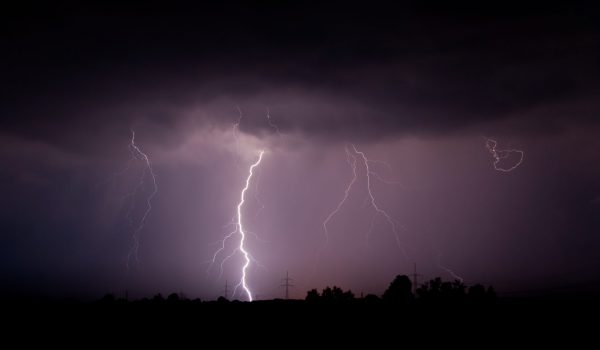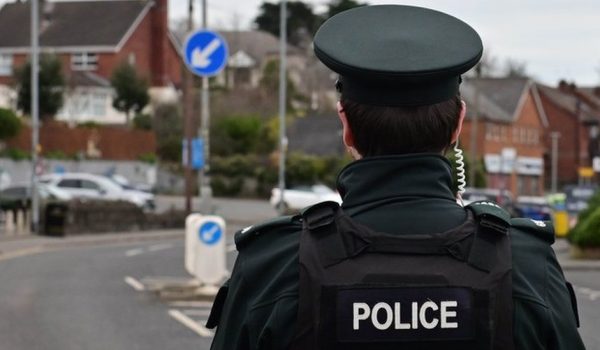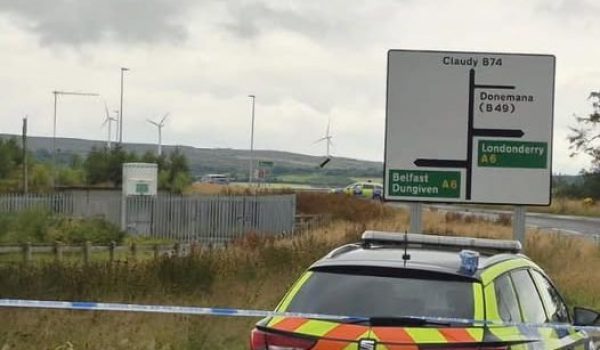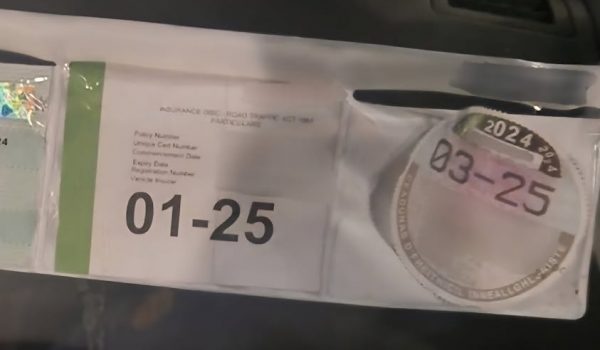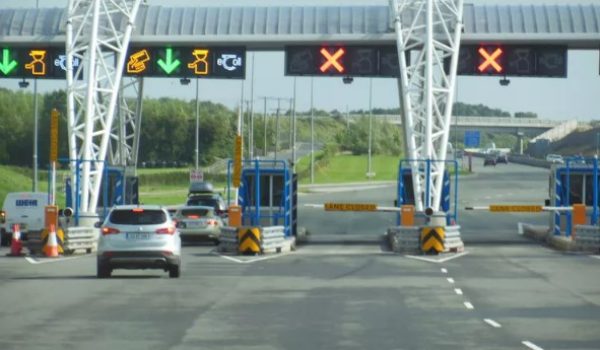
The dramatic story of the birth of Irish radio during the 1916 Rising will be re-enacted on air by 37 radio stations across the state this evening at 5.30, one hundred years to the original date and exact time of the first broadcast, which announced the declaration of the Irish Republic.
In a joint initiative between RTE Radio and IBI, the Independent Broadcasters of Ireland, an 80 second morse code themed piece entitled “The Sound of Sixteen” will be broadcast.
The morse code message written by James Connolly and transmitted by Marconi operator David Burke read:” Irish Republic declared in Dublin today. Irish troops have captured city and are in full possession. Enemy cannot move in city. The whole country rising.” Itv was trhe brainchild of Joseph Plunkett, a wireless expert who recognised the power of radio.
The broadcast took place 190 metres from the GPO at what was then The Wireless School of Telegraphy on Sackville Street, now O’Connell Street.
Lisa Ní Choisdealbha, Executive Director, IBI, said this commemorative radio experience reminds us of why radio is such a powerful medium in term of its reach and ability to tell a story in a highly distinctive manner.
83% of Irish adults listen to the radio daily with people listening for over 4 hours a day.
The full story of the drama that unfolded around the build up to the first broadcast, and how radio subsequently developed is told HERE.
************************************
The Story of the First Broadcast
- Joseph Mary Plunkett had the idea to bypass British censorship by obtaining wireless transmission apparatus and broadcasting the news of the rising to the
- As a result, the Volunteers accessed the wireless transmission equipment from The Wireless School of Telegraphy, which had been sealed by the British Military after the outbreak of World War 1 in 1914.
- The aerial for Ireland’s first radio broadcast was erected on the roof of The Wireless School of Telegraphy. The men erecting the aerial came under constant enemy sniper fire, ultimately forcing them to retreat for cover and finish construction during the dark hours of Easter Monday night.
- The ‘broadcast’ element was somewhat of a happy accident. As the receiving apparatus was inoperative, it wasn’t possible to send a point-to-point transmission, i.e. get in direct contact with a ship or station. Therefore, the message was sent out as a diffused broadcast on the commercial wavelength, in the hope that some ship would hear it and relay the news to America.
- Boats in the Atlantic, stations in Germany picked up the broadcast (and it’s even claimed to have been heard by fishermen off the coast of Japan), but the first listener was quite possibly a British naval vessel docked in Dun Laoghaire. An officer on board then promptly informed his commanding officer who, by all accounts, sent the HMY Helga up the Liffey to attack the position. By Wednesday afternoon shellfire from the Helga began to cause severe structural damage to the Wireless School, and the Volunteers had to evacuate the position.
- A listener from the Isle of Mann, who picked up the broadcast using personal transmission, promptly informed his local authorities of the rebellion in Dublin. The local police took note of his news, and then promptly threw him in jail for violating the Defence of the Realm Act, which prohibited the use of any personal transmission equipment.
- One of the Irish Volunteers, who helped erect the aerials on the rooftop of 10-11 Sackville Street, was famed Abbey actor Arthur Shields. Shields would later move to Hollywood where he acted in various Hollywood movies, including ‘The Quiet Man’ alongside John Wayne.
- ‘How Green was My Valley’, the movie that won five Oscars in 1951, also starred two actors who fought on separate sides of the Easter Rising – Arthur Shields and John Loder (aka William John Muir Lowe). Loder was the son of General William Henry Muir Lowe, and was pictured with his father as Padraig Pearse gave his surrender after the Rising was quashed.
